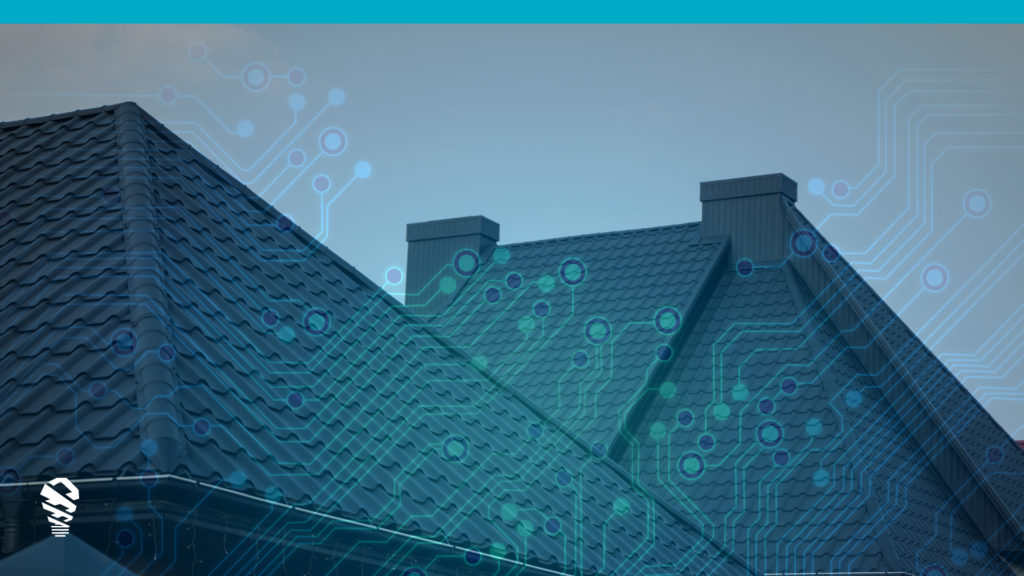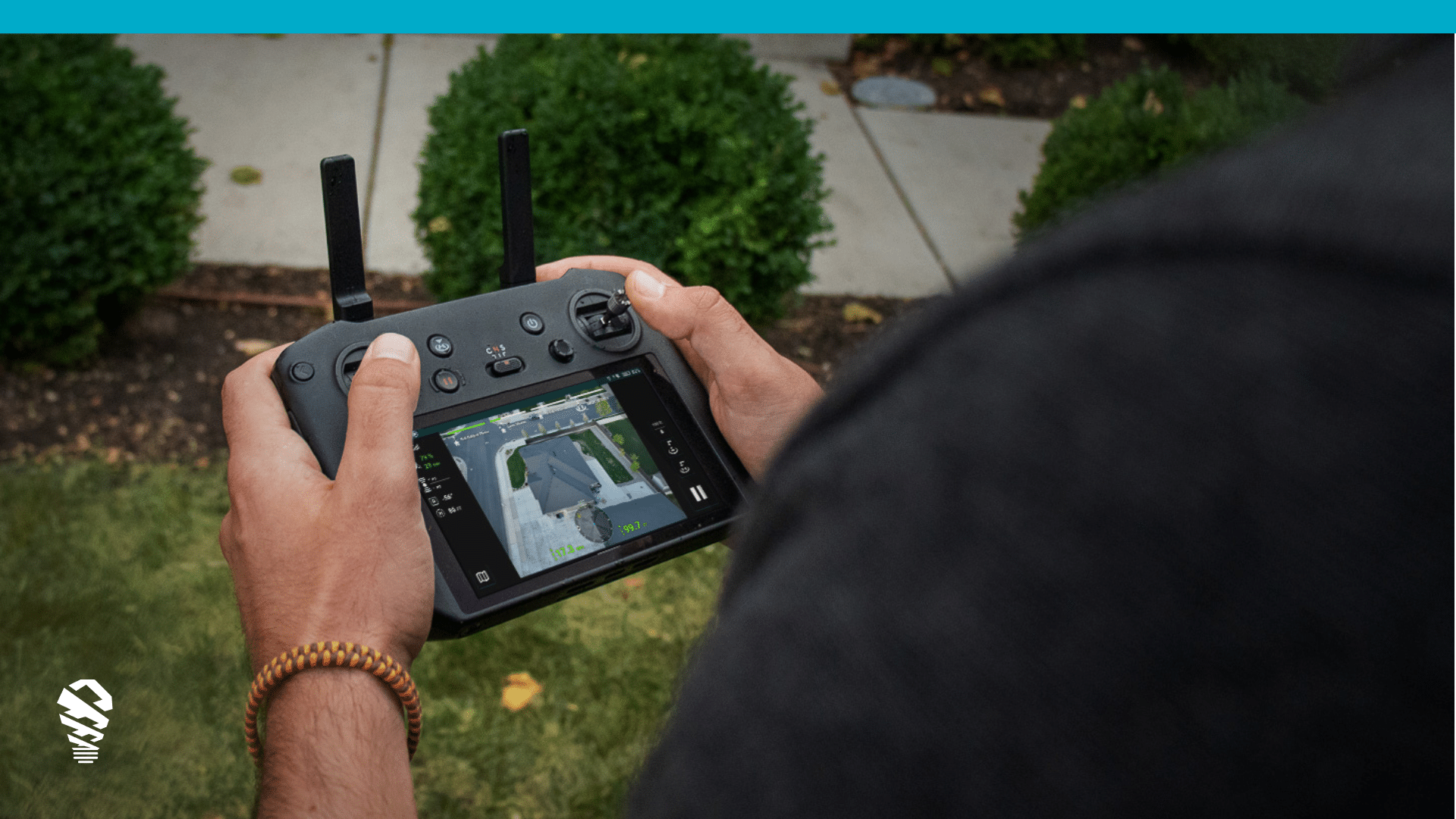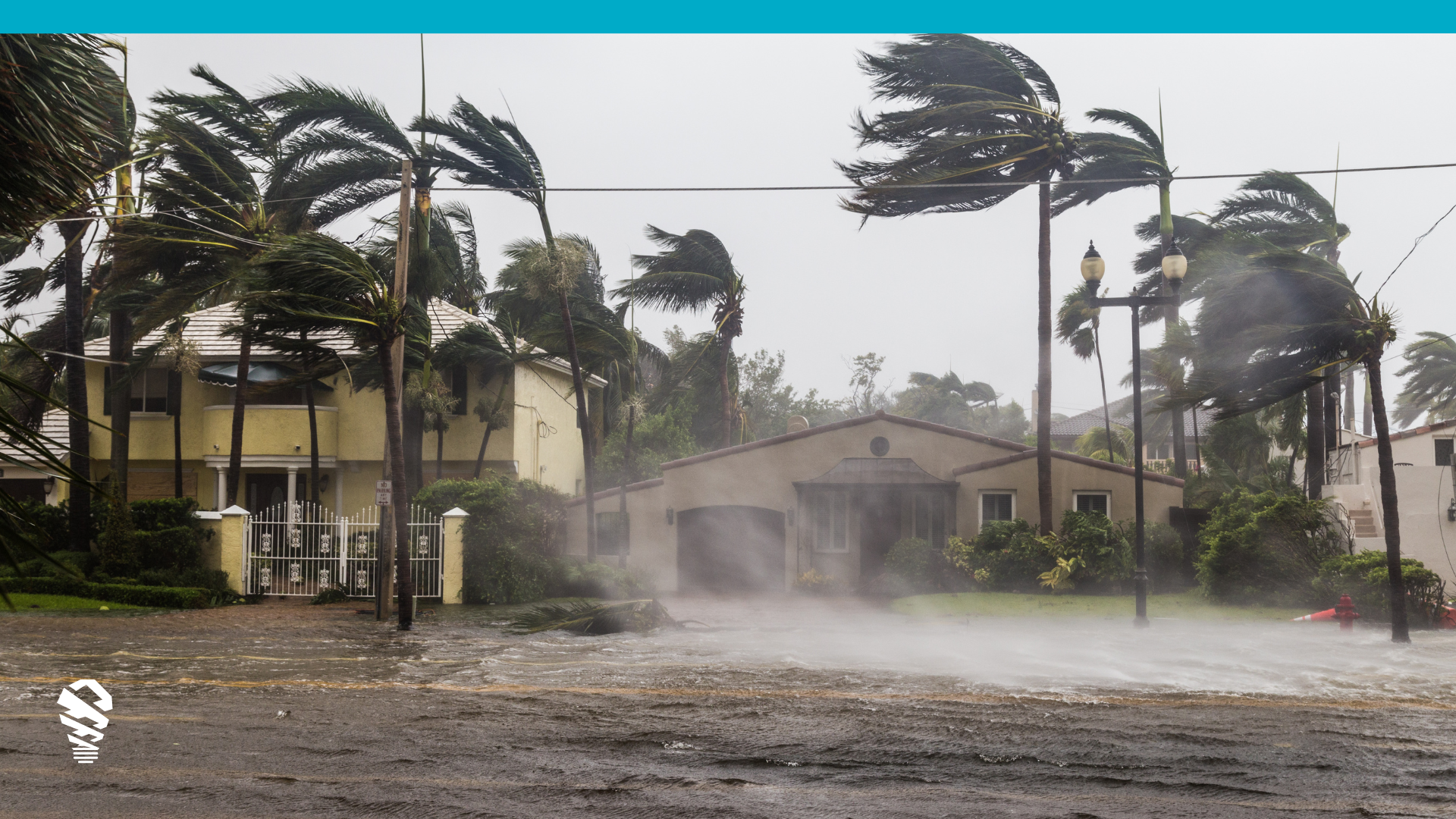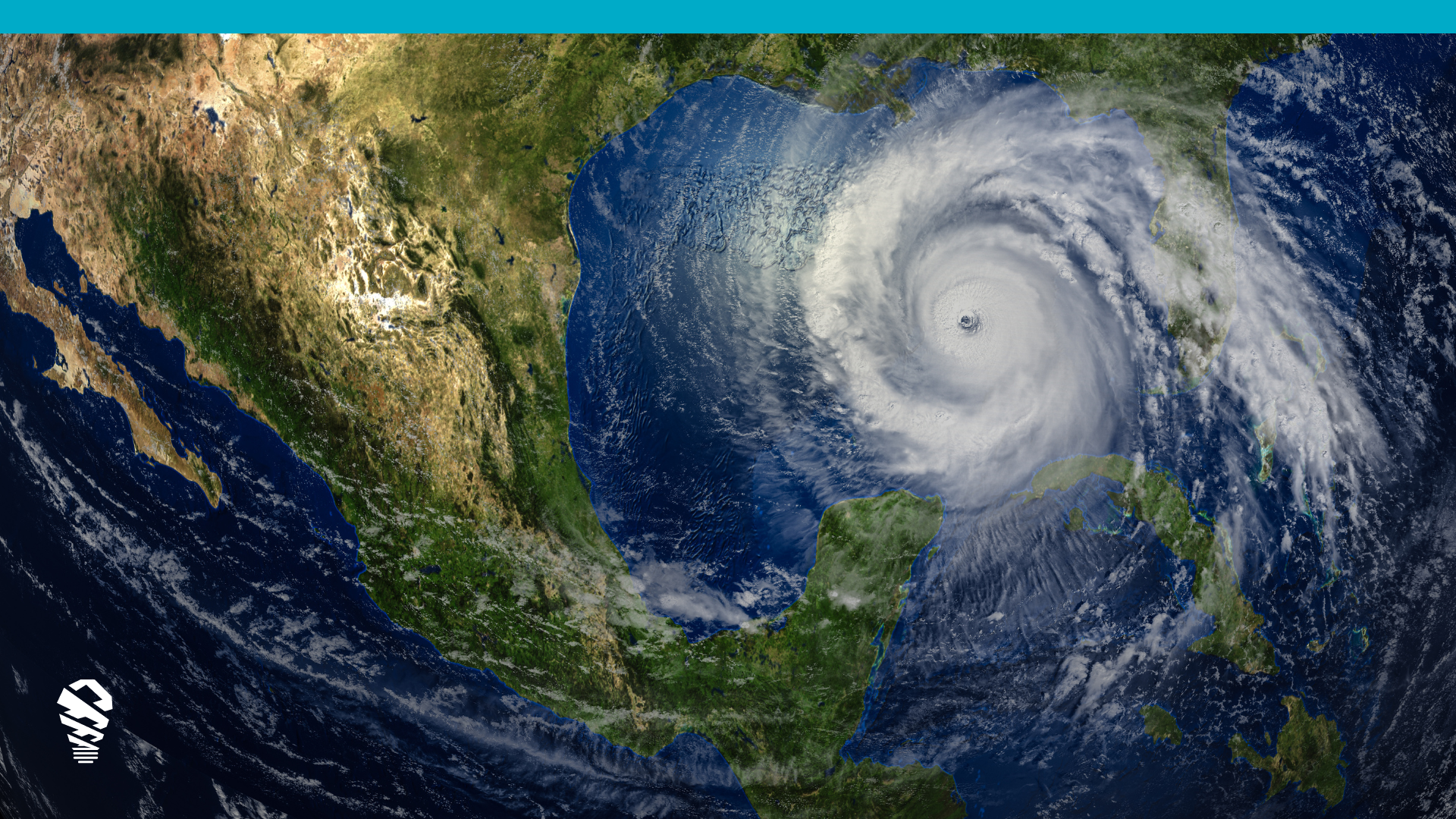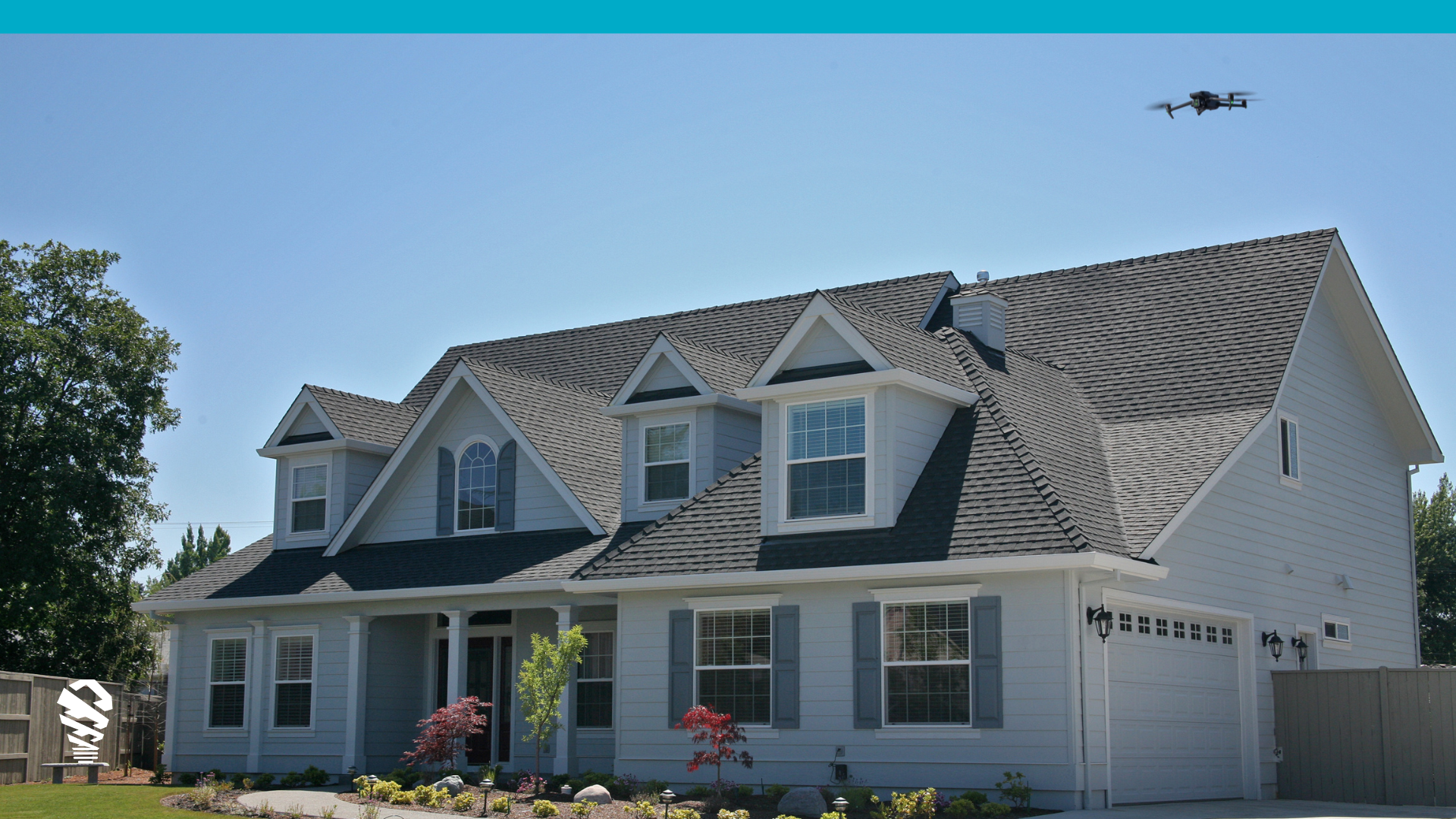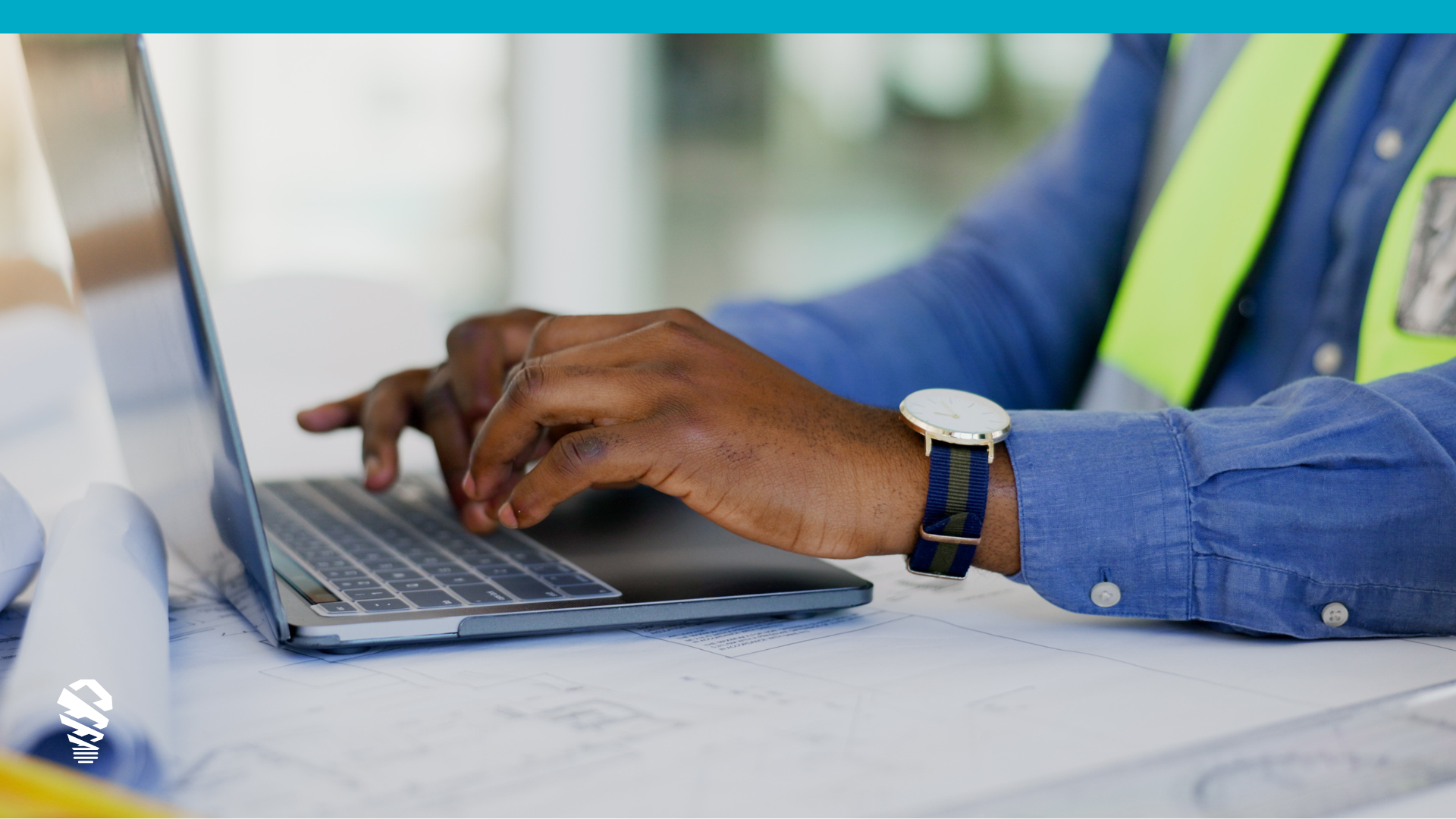The roofing sector is abuzz, and the excitement is palpable. At the heart of it all? The swift rise of AI damage detection, exemplified by trailblazers like Loveland Innovations’ IMGING damage detection system. The question on everyone’s mind: As AI carves its niche, are human roof inspectors facing a sunset or just gearing up for a new dawn? We will unpack this debate, exploring the facets of AI’s growing influence and its implications for the human element in the industry. Discover whether the future of human roofing inspectors is under threat, or if we are just seeing an evolution in the profession.
The Shiny New Toy: AI in Roofing
It often feels like the world is hurtling forward with technological advancement while the roofing industry lags behind. However, this perception may be inaccurate. Behind this revolutionary shift is AI damage detection, built specifically for roof inspection. This technology is frequently paired with drone inspections because of its remarkable ability to capture ultra-high-resolution imagery for analysis. However, sometimes people focus solely on the drone capture, overlooking the real value addition in roof inspections: artificial intelligence. We aren’t just talking about drones zipping around, capturing cool aerial views. Dive a layer deeper, and you’ll find intricate algorithms at work, meticulously dissecting every image, zeroing in on subtle imperfections, signs of wear, and potential damage areas – some of which might have easily slipped past our human gaze.
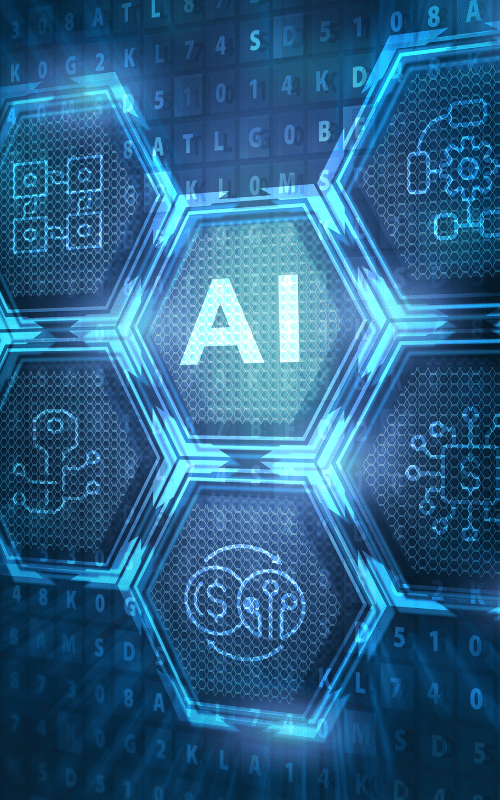
What does this mean for your everyday roofer? It’s not just about introducing a flashy new tool to show off. This is about reshaping the very essence of roofing inspections. AI damage detection is an analytics tool that assists roofers with faster assessments, more accurate results, and a fresh perspective that combines the precision of technology with the expertise of human inspectors. So, while it might seem like we’re just adding another ‘toy’ to our toolbox, make no mistake: this AI wave is laying the foundation for a revolutionary change in how we perceive and conduct roofing inspections. It’s an exciting time to be a roofer!
The Bright Side of AI
AI, often seen as the brainchild of modern tech, is making its mark here in unexpected and transformative ways. As we unpack the advantages of AI, we can see the fresh approach it offers to the roofing industry.
- Safety First: We all know that roofing is one of America’s most dangerous industries. Installers are always going to have to climb roofs, but AI analysis – usually compared by drone roof inspection – can keep salespeople on the ground lowering workers’ comp, extending careers, and allowing you to hire a modern breed of polished, professional salesperson. Gone are the days of balancing precariously on steep and high rooftops to get just the right angle on hard-to-see roof facets. The modern roofing world sees drones effortlessly capturing crisp images from above and then quickly analyzing with AI to all but erase the perils of on-site mishaps.
- Time Is Money: The efficiency AI offers is truly remarkable. By using AI to highlight damage, an inspector can swiftly review the entire roof. This allows him to present damage findings to property owners without spending time climbing, chalking, and photographing the roof. Imagine a world where every salesperson completes more work with better documentation and higher close It’s a win-win-win.
- Evolving Precision: One of AI’s crowning jewels is its ability to continuously learn. Remember, there are different approaches to AI and you want to adopt the tool that gives you is at the leading edge of this technology and has compounded over time. This quote from Leif Larson, our CTO illustrates the advantages with adopting the right AI tool.
Not All AI Damage Detection Is the Same
“It’s a common misconception that all AI damage detection is the same, but it’s not. Deep Learning is built on a neural network capable of learning the same way a human brain learns. For instance, a true deep learning framework doesn’t just look for patterns in pixels that sort of look like hail damage, it’s trained to analyze images closely and determine with measurable confidence where hail damage is. We took our time to develop a deep learning framework because it gets smarter over time as we train it, and because we can build so much more on top of it. It’s just a better way to analyze the data.”
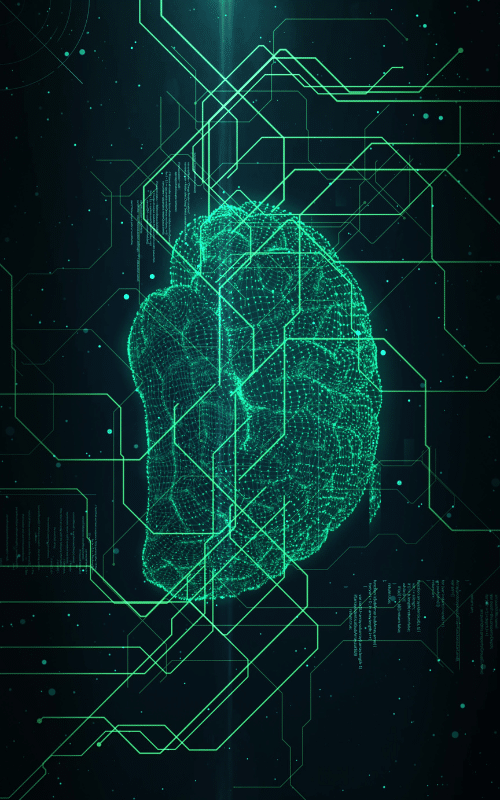
This means that every time IMGING’s AI damage detection is used, you will end up with a more adept, fine-tuned tool because of deep learning. The pace and precision these tools introduce are changing the game. Traditional inspections, as thorough as they might be, just can’t compete with the rapid and ever-improving accuracy of AI-driven inspections.
The Human Element
There’s a potential dark cloud on the horizon – the threat to jobs. With machines doing what humans once did, the worry about job displacement is real and palpable. Beneath the layers of shingles and tiles lies the true heart of the trade: the human element. Roofing isn’t just about spotting damage. It’s a delicate balance of AI enhancing human efficiency, enabling them to focus on areas software can’t address: selling value, connecting with customers, and delivering a world-class experience to concerned property owners. In our rapid ascent towards an AI-aided world, it’s easy to get swept away by the wave of technological marvels. However, it’s crucial to pause and reflect on what makes us uniquely human. Especially in industries deeply rooted in personal interactions and expertise, like roofing.
- More Than Just Roofs: Beyond the materials and structures lies the heart of the roofing industry – its people. Relationships, trust, and understanding is foundational. While AI offers precision, it can’t replicate the human experience and the insights drawn from years in the roofing industry.
- Seeing Beyond the Surface: AI’s eyes might catch the visible anomalies, but the human eye, backed by experience, sees the story behind them. While AI can detect anomalies, human inspectors consider context.
- Job Displacement: It is understandable that new technology raises concerns about the future of jobs. Some may feel apprehensive about AI potentially overshadowing traditional skills. However, AI damage detection is intended to enhance, not replace the invaluable expertise of seasoned professionals. Embracing change can open doors to new opportunities while preserving the trade.
As we pivot towards this tech-driven era, the looming shadow of job displacement becomes a growing concern. No matter how advanced, AI damage detection lacks the human experience. However, it can help seasoned veterans work faster and act as a third-party validation of their findings. The soul of the roofing industry lies not just in the work, but in the craftsmen behind it.
Evolution or Extinction?
The big question: Will roofing inspectors go the way of the dodo? The consensus among industry experts is that while AI damage detection and generative AI will play an increasingly dominant role in inspections, human inspectors won’t become entirely obsolete. Here’s why:
- Complex Cases: No matter how advanced AI becomes, there will always be cases so intricate and nuanced that only the expert gaze of an experienced roofer’s eyes can decipher them accurately. For the foreseeable timeline, the human element remains irreplaceable.
- Interpretation & Consultation: Homeowners often seek advice and interpretation of results. While AI can detect, humans are needed to explain, reassure, and provide consultation. Skills in persuasion and the ability to navigate complex contested claims with adjusters will always be in-demand.
- Maintenance & Calibration: AI tools, especially those powered by drones, require upkeep and a pilot in command. Who better to manage this than those familiar with the roofing landscape?
- Customer Experience: Happy customers lead to word-of-mouth marketing, which leads to more customers. In the modern world where reviews are simply a stamp of validation, happy customers remain the key to growing your roofing business and AI can’t replicate that.
Contrary to the doomsayers, it’s not all gloomy. While AI damage detection is reshaping the inspection landscape, it doesn’t spell the end for human inspectors. Complex damages might still require the nuanced understanding that only a seasoned inspector can offer. Homeowners, when handed a report, often want context, explanations, and assurance. Plus, these drones and AI systems, as advanced as they are, still need human hands for maintenance, calibration, and expert users.
Conclusion
Will roofing inspectors soon become artifacts of a bygone era? The response is a resounding “no.” While AI is poised to assume a formidable role in inspections, the disappearance of human inspectors remains a far-fetched notion. AI in roofing is not a story of man versus machine but rather one of software and machines helping humans do better work. The roles of roofing inspectors are undeniably evolving, shifting more towards interpretation, consultation, and the application of technology. As we stand on the cusp of this exciting new era, it’s crucial to see AI tools like IMGING by Loveland Innovations not as competitors but as allies. They offer a complementary hand, enhancing accuracy and efficiency, yet it’s the human touch, expertise, and intuition that breathe life into the data, turning it into actionable insights for homeowners and builders alike. As the roofing landscape transforms, the symbiotic relationship between roofers and their tools emerges as the keystone for a brighter, more efficient future in inspections. Both partners have pivotal roles to play, ensuring the industry’s resilience and growth.

